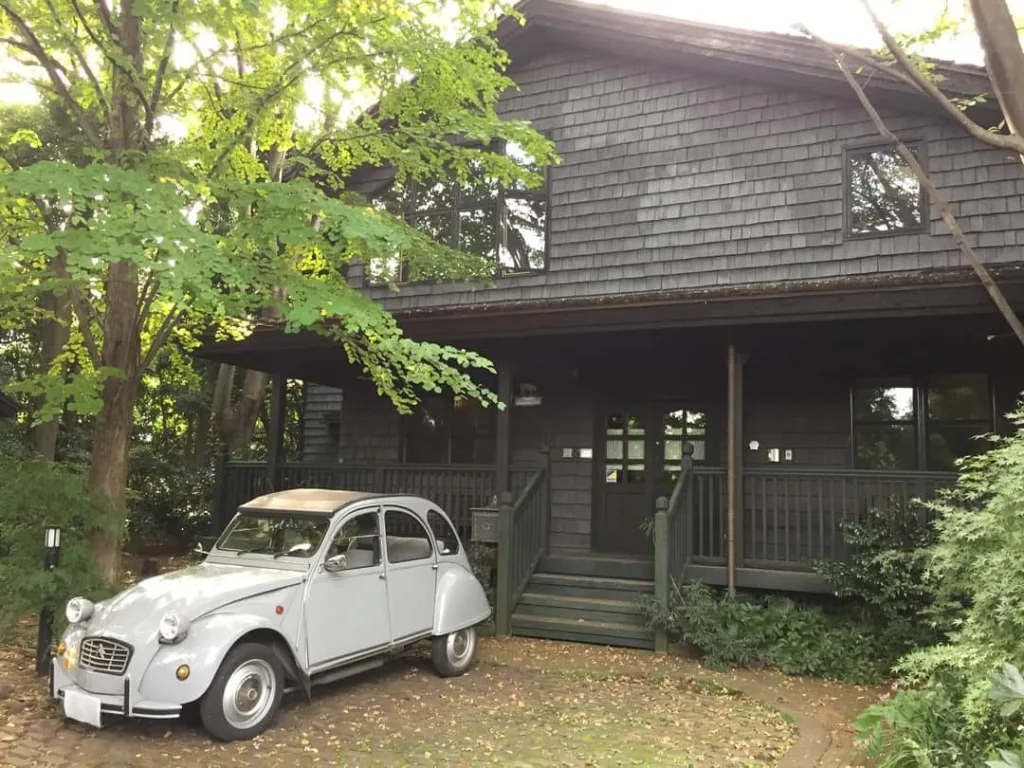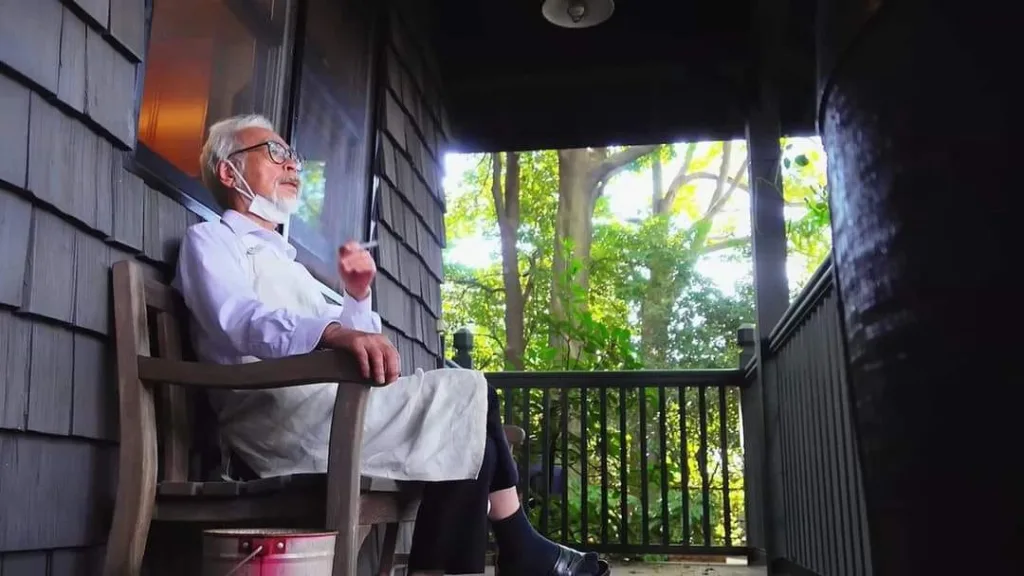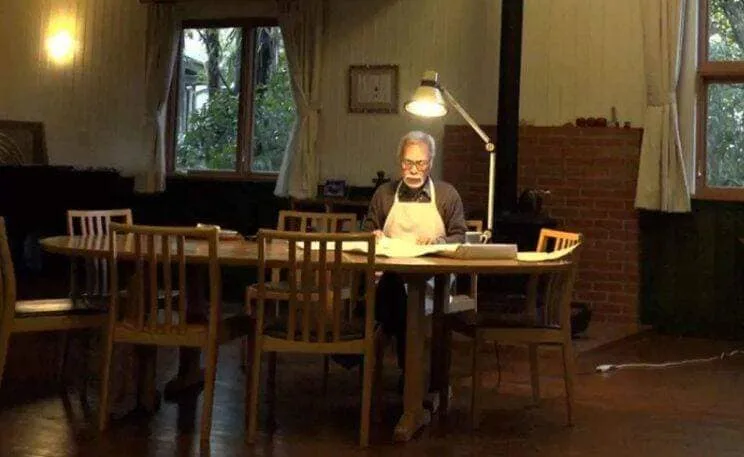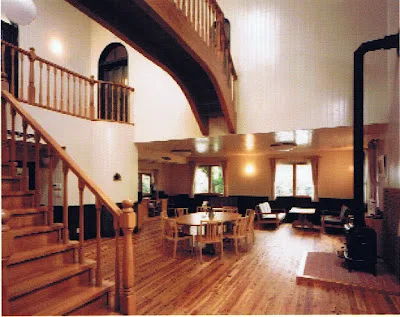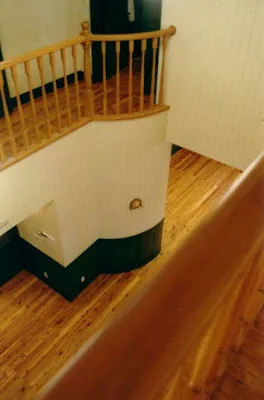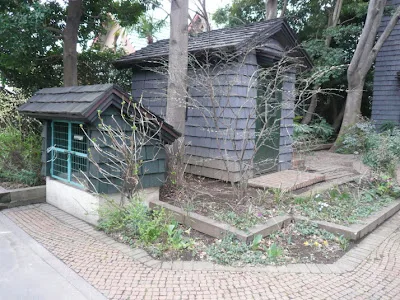Hayao Miyazaki’s Cozy European-Style Home Near Studio Ghibli
In the tranquil streets of Koganei City, Tokyo, a unique house stands just a few blocks from the legendary Studio Ghibli headquarters. This is no ordinary residence, but the home of Hayao Miyazaki – a sanctuary that breathes the same magical essence found in his beloved animated films. The structure seems to whisper stories of creativity, inviting passersby to imagine the worlds born within its walls.
What makes this house truly remarkable is its remarkable openness. Unlike many celebrity homes fortified behind high walls and security gates, Miyazaki’s house sits unguarded, with no fence separating it from the public road.
Known affectionately as “Buta-ya” or “Pig House,” the residence is far more than just a dwelling. Built in 1998 for his production company Nibariki, the structure is a testament to Miyazaki’s multifaceted talents as an animator, architect, and designer. Its design deliberately echoes the architectural language of the Ghibli Museum and Studio Ghibli itself – both of which Miyazaki personally crafted. Every corner seems to reflect his unique vision, blending functionality with an almost whimsical sense of storytelling.
The name “Nibariki” itself tells a story. Meaning “two horsepower,” it’s a playful tribute to the Citroen 2CV parked outside his house, which starred in Miyazaki’s debut feature film.
For years, locals and passionate Ghibli fans would catch glimpses of Miyazaki walking to the studio, a living reminder of his legendary work ethic. Even Google Maps cameras have inadvertently captured moments of this animation maestro in his daily routine, adding to the mystique of his personal space. The house became more than a residence – it was a window into the creative process of one of animation’s most revered artists.
Miyazaki’s relationship with retirement has always been complicated. Despite repeated threats to step away from animation, his passion continually pulls him back.
The European-style architecture is no coincidence. It reflects Miyazaki’s long-standing fascination with Western aesthetics, a theme that frequently appears in his films. From the rolling landscapes of “Howl’s Moving Castle” to the intricate details of “Porco Rosso,” his work has always transcended cultural boundaries, weaving together different visual languages and emotional landscapes. The house stands as a three-dimensional extension of this artistic philosophy, bridging cultures and inviting imagination.
In many ways, Miyazaki’s house is an extension of his art – open, welcoming, full of hidden stories, and constantly evolving. It stands as a physical manifestation of the imagination that has made Studio Ghibli a global cultural phenomenon.


